Scorsese unites De Niro and DiCaprio to do right by a century-old real-life injustice
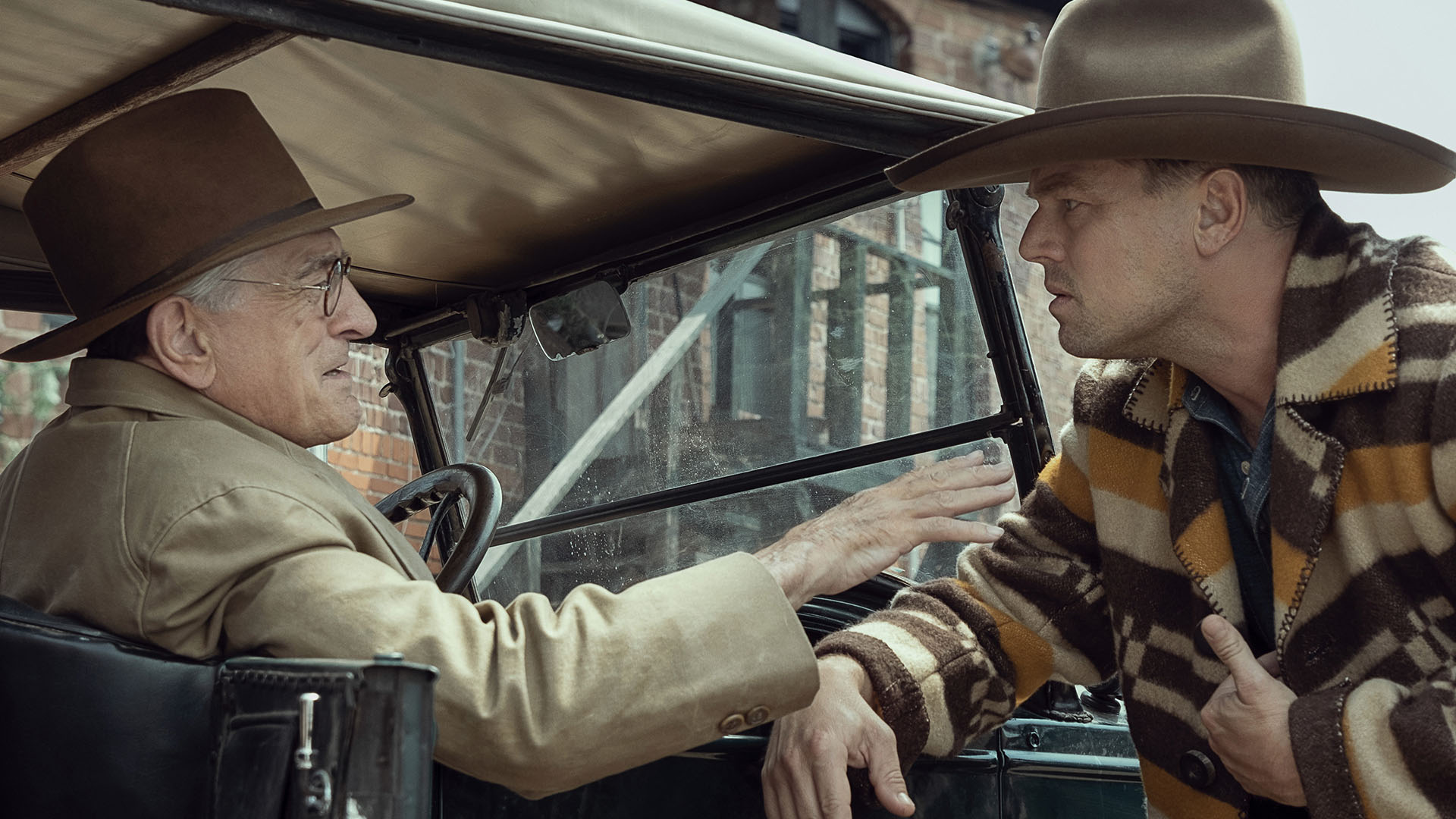
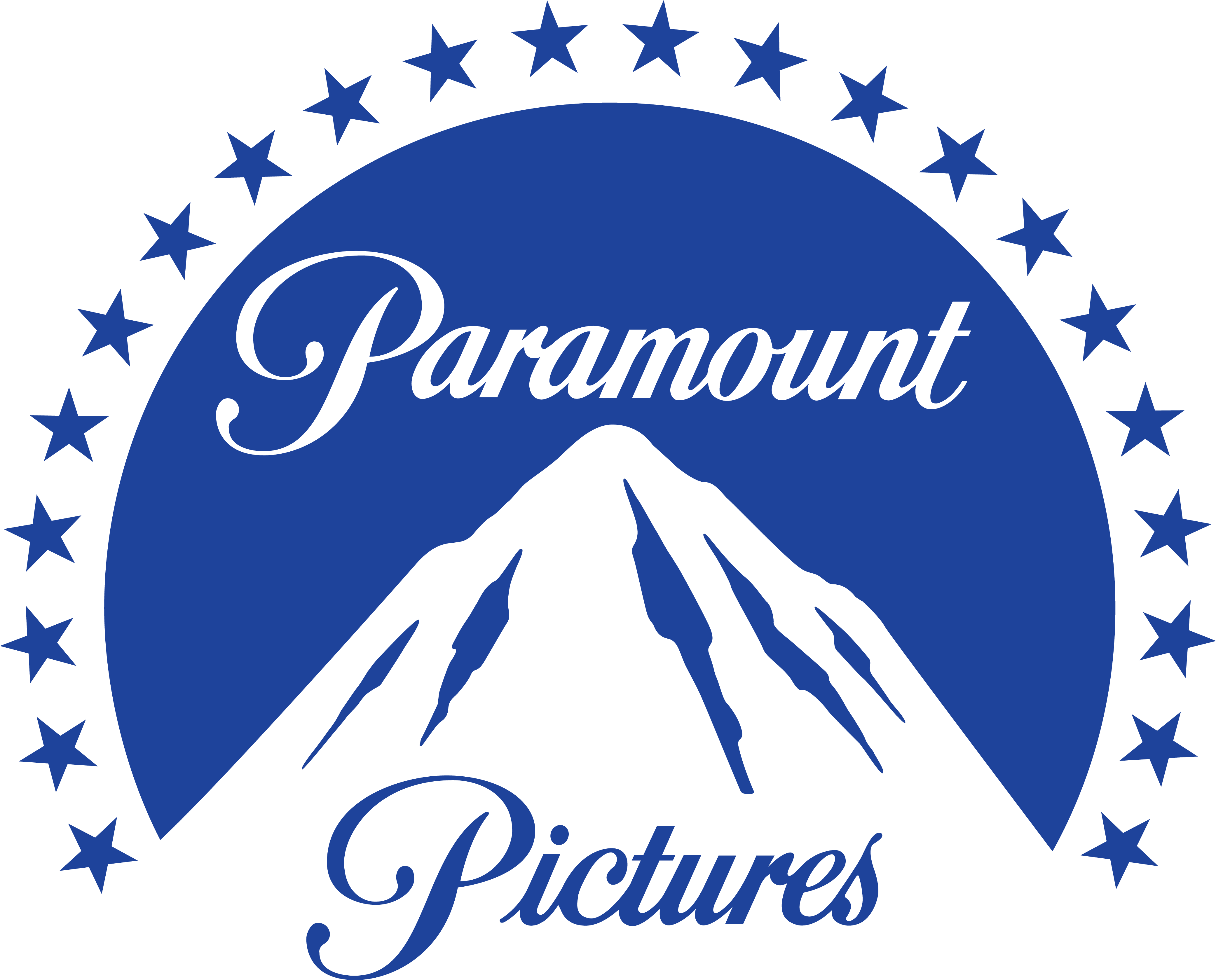
Martin Scorsese is back, uniting the two leading men muses of his career – Robert De Niro and Leonardo DiCaprio – in the maddening, stomach-turning, true story Killers of the Flower Moon. It’s deeply in tune with his most visited themes, writes Rory Doherty.
Today’s true crime landscape is so saturated, it may take one of America’s greatest filmmakers to properly shake us—the Osage Nation Murders of the 1920s are, to some, the definitive American crime that requires incredible effort to articulate its enormous emotional scale. This is perhaps why Martin Scorsese united two of his most iconic leading men, Robert De Niro and Leonardo DiCaprio, to do right by a century-old injustice. But none of these three talents ever overshadow the story’s Osage Nation perspective, or the Native creatives involved in the production.
In 1920s America, the oil industry was booming, but to many white Americans, it was booming for the wrong people. The rights to much of Oklahoma’s oil-rich land were in the hands of Osage Nation members, and with little reluctance or consternation, William Hale and his underlings carried out dozens of murders so the land headrights would pass to white spouses and relatives. The story is so maddening and stomach-turning that you’ll be jumping to Google to confirm that everything happened the way the film says it did.
Disgustingly, it’s all true.
Around this time, Hollywood was making headway on a filmmaking dominance that lasts until today, and the Western was quickly established as the quintessential American genre. Still, it took one hundred years for the Osage People’s story to be told on a scale big enough to demand mass audience’s attention. There has been a century-long gulf between the reality of white violence against Native Americans and the bigoted way they’ve been depicted on-screen—something Killers of the Flower Moon urgently addresses.
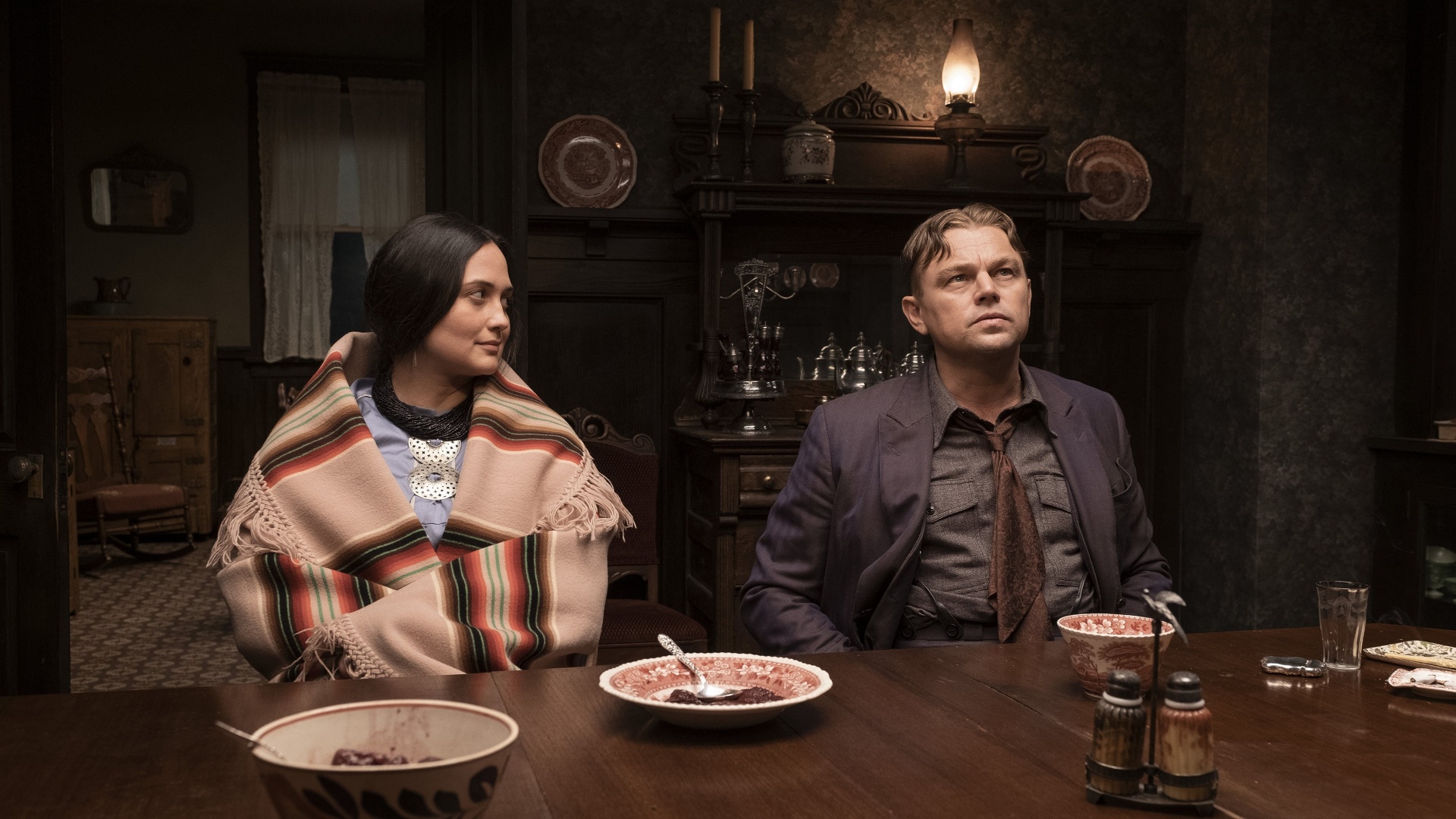
Martin Scorsese has made films about the psychology of violent men for decades, adapting and throughout the technological changes and stylistic evolutions of the last fifty years—he’s been doing era-defining work for nearly half of cinema’s lifetime. A strong proponent (maybe the strongest) for both American and world cinema, it feels strange that Scorsese hasn’t visited the Western genre before now, especially considering how highly he praises the works of filmmakers like John Ford.
But the history of Westerns does not align with the history of Native American justice—in many ways, they perpetuate more violence with bigoted and regressive onscreen depictions. How come Scorsese, who belongs to the first generation who called John Ford’s films cinematic classics, ended up directing one of the most fiercely pro-Native blockbusters in Western history? The story is deeply in tune with one of his most visited themes—the cruel, impassive nature of greed and crime.
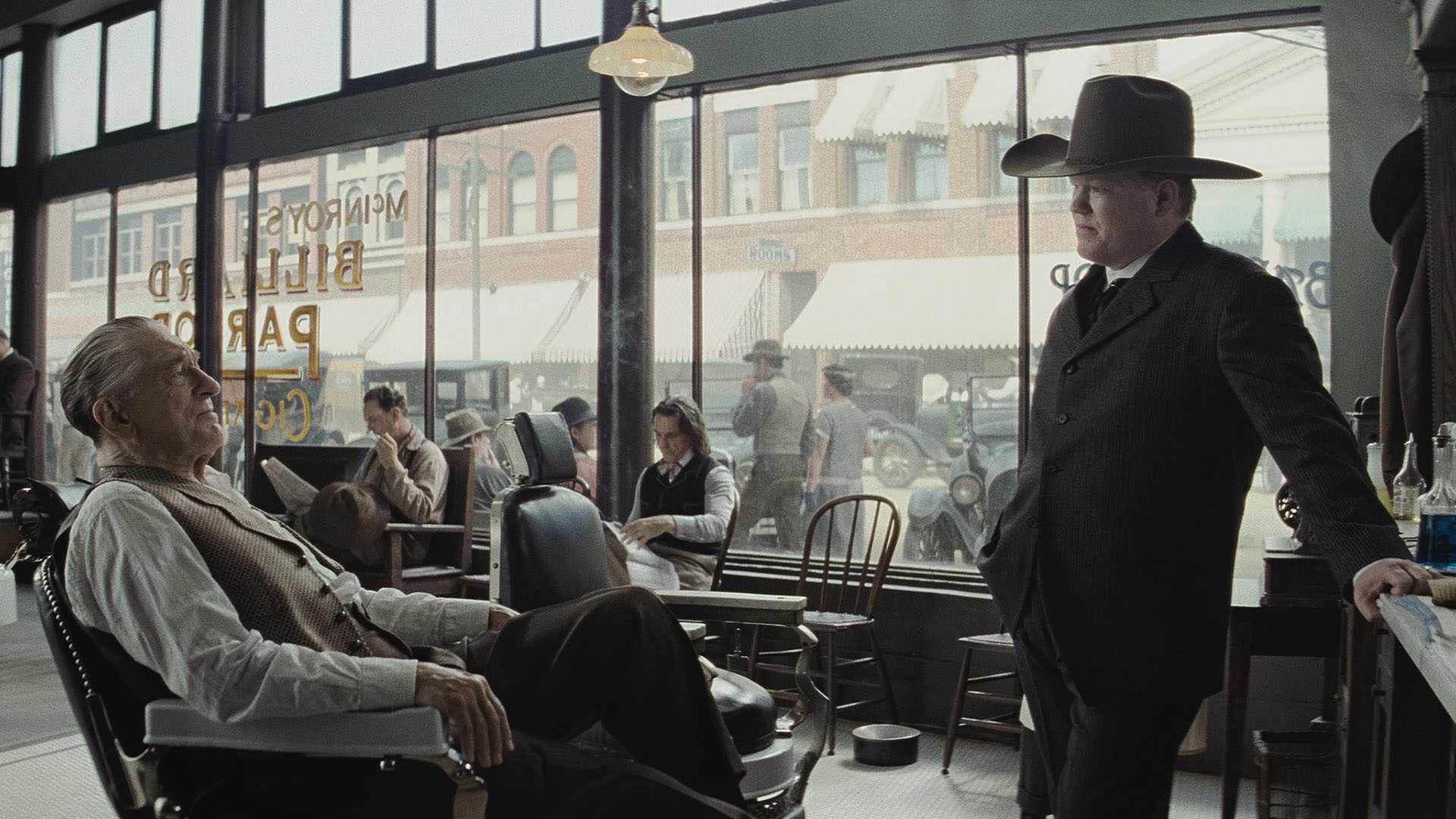
It takes a master filmmaker to cast two of the most acclaimed and beloved actors of their respective generation and ensure neither of them steal the spotlight for a sweltering (but well-earned) 200 minute runtime. Robert De Niro has run the gamut of amoral characters throughout his career, from ambiguous antiheroes to fully-fledged scumbags, but William Hale is arguably his most evil. There’s few shades of his wise-talking mob enforcers, nor the cackling depravity he gave in Cape Fear—this is a man who presents himself as genial and kind-hearted to his wealthier Osage neighbours, and out of earshot will dictate their murders without breaking a sweat.
De Niro is best known for his Scorsese collaborations—Taxi Driver, Raging Bull, Goodfellas mark the best-known of his eleven appearances. But in many ways, he’s a Scorsese leading man from a different era—Killers of the Flower Moon marks his first co-lead status with Leonardo DiCaprio, who since Gangs of New York has brought wounded, ugly masculinity into the next generation.

There’s a clear rift between how De Niro and DiCaprio have been used by Scorsese—De Niro’s films feel more livewire and intimate, a symptom of Scorsese’s films having much smaller budgets than he got in the 2000s. DiCaprio, by contrast, has only appeared in Scorsese films that were huge in scale and put him centrestage. Sure, he got to play a broad thriller character in Shutter Island just like De Niro did in Cape Fear, but compare them in organised crime films like The Departed and Goodfellas—Leo has a vulnerability and restlessness that De Niro’s collected, unnerving mafioso wouldn’t dare of showing.
They each speak to a Scorsese who, over the decades, grows more in confidence and ability behind the camera. We’ve never seen anything of DiCaprio that’s as anxious and volatile as De Niro is in Taxi Driver; we’ve never seen from De Niro anything as confident and commanding as DiCaprio is in The Wolf of Wall Street.
That is, until Killers of the Flower Moon. Playing Ernest Burkhart, a simple-minded veteran who cooperates with Hale to manipulate and endanger his Osage wife Mollie Cobb (Lily Gladstone), DiCaprio adopts a physicality and tone that gives weight to every line and motive to every movement; De Niro’s Hale shows a charisma that we can see being used to utterly depraved ends. After decades of their own collaborations with Scorsese, De Niro and DiCaprio have united to tell a thoroughly unique story that demands new nuances from their talents.
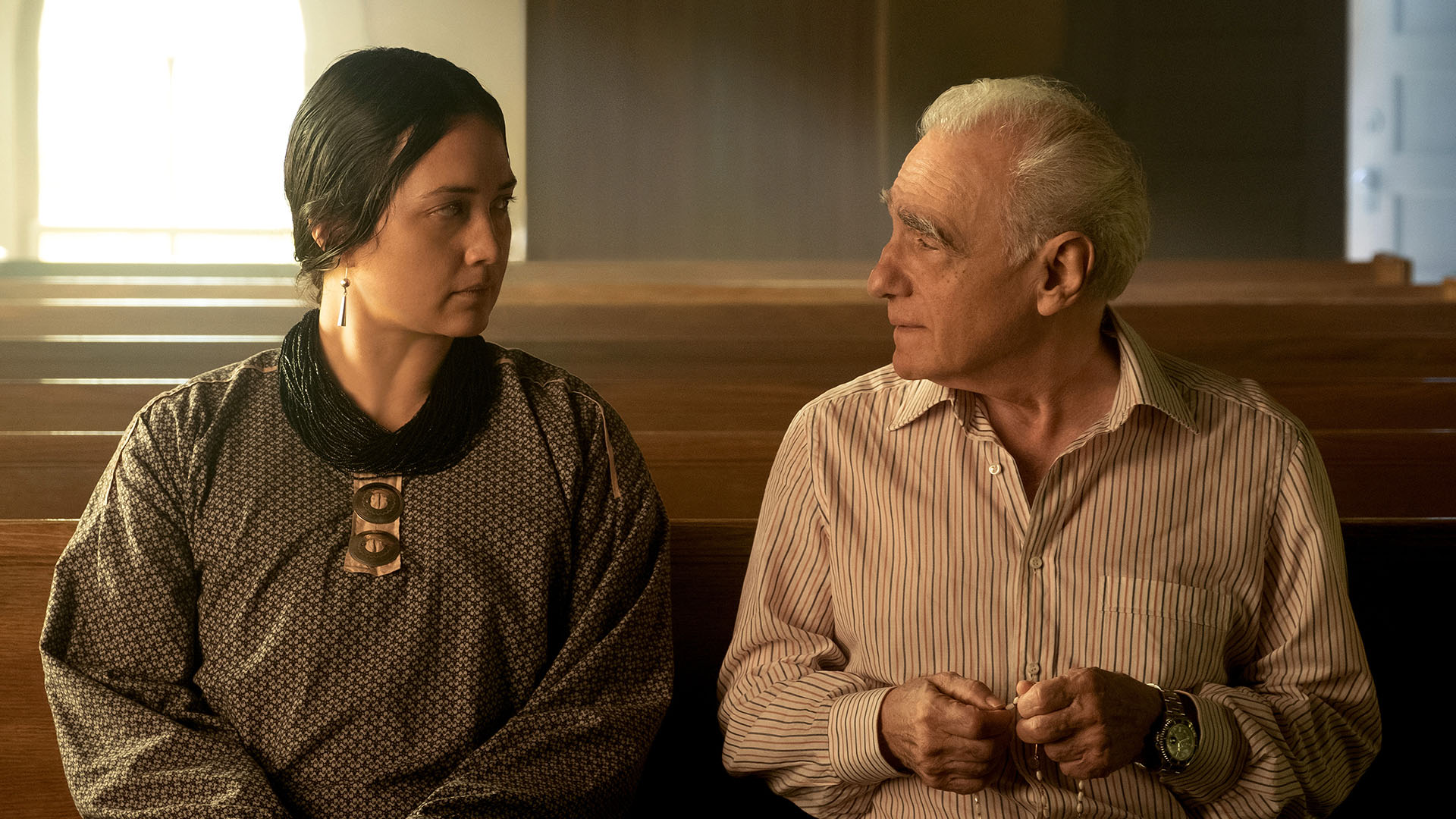
And yet audiences will not leave Killers of the Flower Moon praising De Niro and DiCaprio, they’ll be too busy singing the praises of Lily Gladstone. In Gladstone’s hands, Mollie shines in every scene she’s in—a kind, smart woman who puts her faith in a tainted love that, in the film’s most devastating moments, completely betrays her. Just as the story revolves around Mollie, the experienced actors seem to orbit Gladstone, matching her equally gentle and firm tones as they attempt to take advantage or overpower her presence.
It adds up to a big-screen experience that isn’t just dazzling in scope, but overwhelming in emotion—Scorsese has assembled a next-level array of talent to meet the incredible demands of doing justice to a deeply American and criminally unknown atrocity.
















